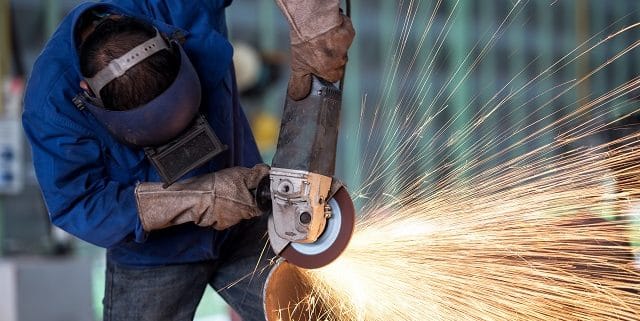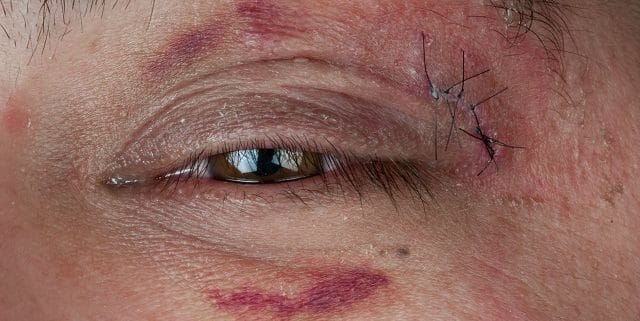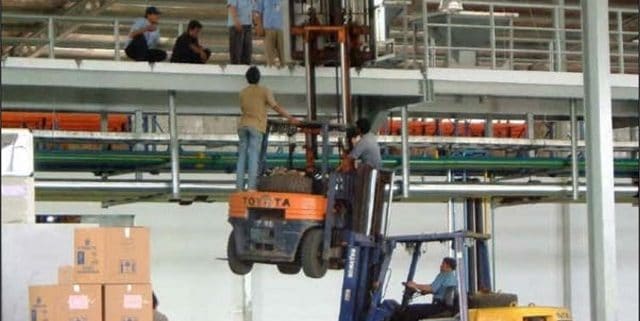Grinding Safety
Oh man, I have seen it all when it comes to grinding. The no guard, no shield, no handle, one hand, reaching on a ladder worker… Yes, one worker was doing all of that in one shot. There was even a worker that told us how he uses bench saw blades on his grinder at home. He was all bandaged up a few days later. I feel like once workers get confident with their grinding skills, they forget how much damage they really do. Let’s go over some basics to refresh you.
Of course, always do a pre-work inspection, make sure discs have no chips or cracks and the grinder is in good working order. Wear all your PPE, glasses AND a face shield, ear plugs, gloves and a respirator. Make sure your hair is tucked away and clothing’s not too baggy. No modifications to the grinder. Always have the guard in place and a handle on, no matter how tight your work area is. A good welder or fitter can get in tiny spots and still follow safety protocol… Just sayin. Have a good stance, use two hands and don’t overreach. You never know when you might get kick back and you need to be able to hold the grinder in place, otherwise it’s coming into your chest or face. Properly secure your work piece for this same reason. Use the right discs and accessories. Watch the ratting, some grinders have higher RPM’s than others and therefore take different discs. Only use a cutting disc for cutting. They will explode on an angle with any amount of pressure. It takes 2 seconds to change the disc, go back and forth between grinding and cutting rather than trying to use a cutting for grinding. Make sure to unplug the grinder before changing a disc or doing any repairs. Take note of where your sparks are going and make sure to stay away from ignition sources and other workers. Don’t leave a grinder running when you’re done. Always stall the disc until it’s at a standstill and unplug the cord.
It doesn’t matter if you’ve been using a grinder for 30 years or 30 days, you still need to follow the rules, they are there for a reason, and that’s your safety.









